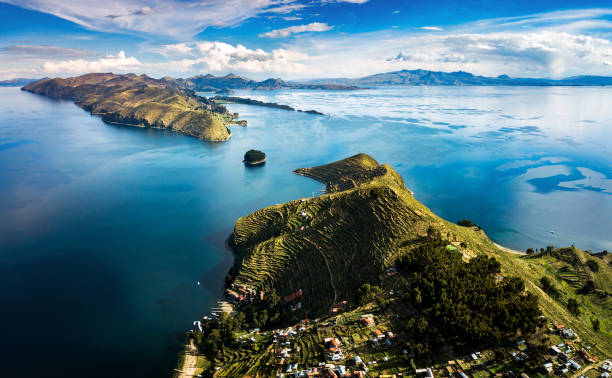
Bolivia is a fascinating country in South America that offers visitors an array of natural beauty, cultural experiences, and adventure opportunities. However, if you are visiting Bolivia for the first time, it can be challenging to know where to start and how to make the most of your trip. In this blog post, we will share some tips that will help you to enjoy your time in Bolivia and make your first-time visit a success.
Learn a little Spanish
While it is possible to get by in Bolivia without speaking Spanish, knowing some basic phrases will make your trip much easier and more enjoyable. Most locals in Bolivia speak Spanish as their first language, and you’ll find that English is not as widely spoken as in other countries. Learning some key phrases like “Hola” (Hello), “Por favor” (Please), and “Gracias” (Thank you) will go a long way in making connections with locals and navigating your way around the country.
Be prepared for high altitude
Bolivia is home to the highest capital city in the world, La Paz, which sits at an altitude of over 11,900 feet (3,600 meters). If you are not accustomed to high altitudes, it is essential to prepare for the effects that altitude sickness can have on your body. Symptoms can include headaches, nausea, fatigue, and shortness of breath. To help avoid altitude sickness, take it easy for the first few days of your trip, drink plenty of water, and avoid alcohol and cigarettes.
Pack for various climates
Bolivia has a diverse climate, with hot and humid weather in the Amazon Basin, freezing temperatures in the Altiplano, and mild temperatures in the valleys. Depending on where you are traveling, you may need to pack for a variety of climates. We recommend checking the weather forecast for each location you plan to visit and packing clothing that can be layered for versatility.
Take local transportation
Taking local transportation is an excellent way to immerse yourself in Bolivian culture and save money. Buses and minibusses, known as “micros,” are the most common forms of public transportation in Bolivia. They are inexpensive, but they can be crowded and uncomfortable. Taxis are also available in most cities, but make sure to agree on a price before you start your journey.
Be aware of cultural differences
Bolivia is a culturally diverse country with a rich history and traditions. It is essential to be aware of cultural differences and show respect for local customs. For example, it is customary to greet people with a kiss on the cheek, and it is considered rude to refuse food or drink that is offered to you. Dress modestly when visiting religious sites, and always ask permission before taking photographs of people.
Try local food
Bolivian cuisine is a fusion of Spanish, Indigenous, and African influences, with unique flavors and dishes that are sure to tantalize your taste buds. Some popular dishes to try include salteñas (baked empanadas), pique macho (a spicy beef and potato dish), and chairo (a hearty soup made with meat, potatoes, and vegetables). Don’t forget to try the famous Bolivian drink, mate de coca (coca tea), which is said to help with altitude sickness.
Take time to acclimate
As mentioned earlier, Bolivia’s high altitude can affect your body, and it’s important to give yourself time to acclimate. Take it easy for the first few days of your trip, and avoid strenuous activities until your body has adjusted. Stay hydrated, avoid alcohol and cigarettes, and consider taking medication to help with altitude sickness if necessary.
Visit the Salar de Uyuni
One of the most popular tourist destinations in Bolivia is the Salar de Uyuni, the world’s largest salt flat. It is a breathtaking landscape that stretches over 10,000 square kilometers and offers stunning views of the Andes Mountains. When visiting the Salar de Uyuni, it’s essential to book a tour with a reputable company to ensure your safety and get the most out of your visit. You’ll have the opportunity to explore the salt flats, visit the nearby volcanoes, and see unique geological formations that are unlike anything else in the world.
